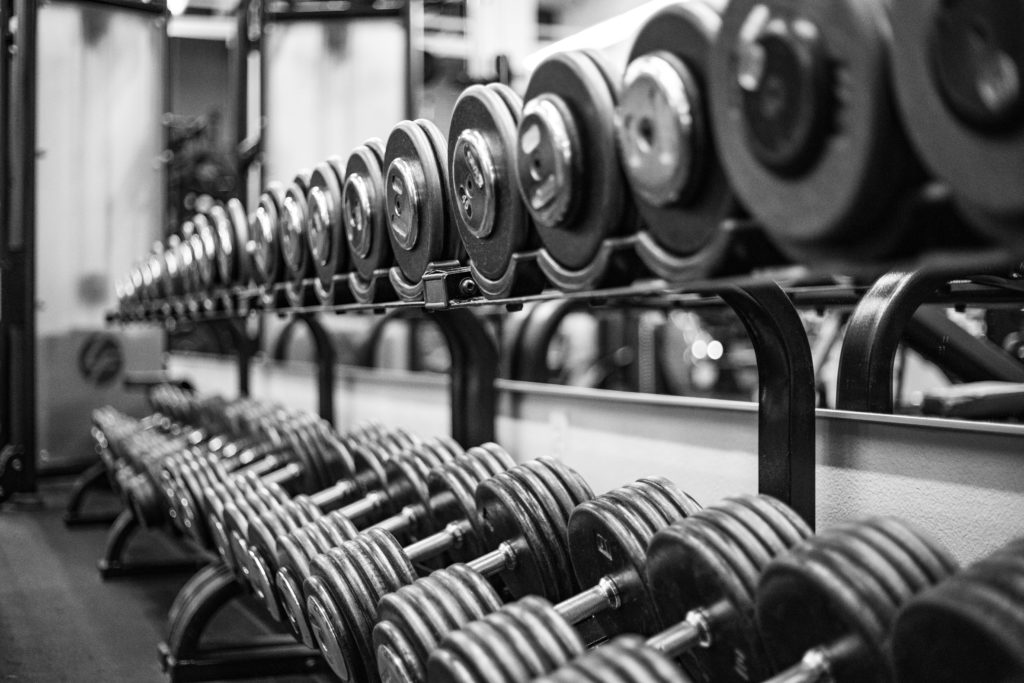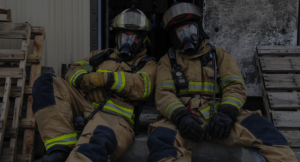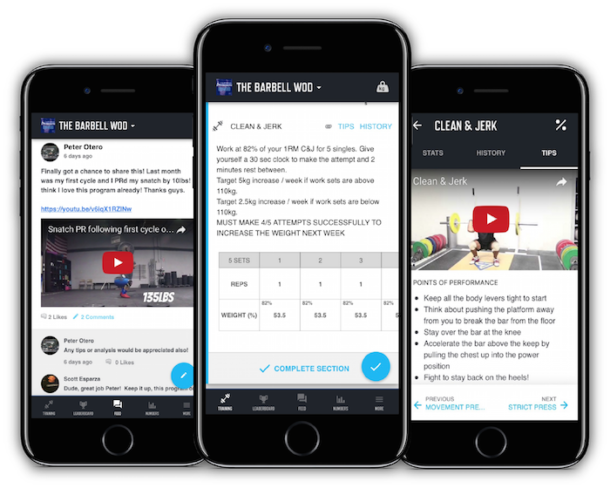When you’re designing a firefighter workout, training the three energy systems is essential. Not only will you ensure that you’re in exceptional shape, but you’ll also be preparing you for all of the challenges that come with the job.
Without each of the three energy systems by your side, you may end up struggling when handling your core responsibilities. That’s why your firefighter workout really needs to tap each one, giving you well-rounded functional firefighter fitness that you can count on day in and day out.
But what are the three energy systems? And how can you make sure your firefighter fitness routine hits each one?
If you’re asking questions like those, here’s what you need to know about the three energy systems and how you can fit them into your firefighter workout regimen.
The Three Energy Systems – What They Are and How They Work
Each of the three energy systems plays a role in your success as a firefighter. They provide you with the physical capabilities needed to handle the job, ensuring your body is prepared for the demands.
Whether you need long-standing endurance, bursts of explosive energy, or anything in between, training all three energy systems makes that possible. With that in mind, here’s a look at each of the three energy systems and how they impact firefighter functional fitness.

1. ATP-Phosphocreatine System
Also known as the phosphagen system, the ATP-phosphocreatine system is all about quick energy bursts that you don’t need to sustain. It’s an anaerobic process for producing energy – meaning it doesn’t require oxygen to break down glucose for that energy, giving you the ability to exude explosive power fast.
As a firefighter, you frequently have to jump into action and tackle something challenging. For example, the ATP-phosphocreatine system supports lifting something heavy, like a person being rescued or a downed colleague.
With the phosphagen system, it’s all about intense activity that lasts less than 20 seconds. After that, you transition into another energy system.
2. Lactate System
The lactate system is another anaerobic process for producing energy. Glycolysis is at the core of this energy-producing powerhouse, allowing you to manage high-intensity activity for between 20 seconds and two minutes without the need for oxygen to provide you with the energy.
When the lactate system is active, your body changes glucose into pyruvate, providing you with a boost of energy. Hydrogen is a byproduct of the process and, if it is allowed to build up, leads to the generation of lactic acid, which can cause fatigue.
By training your lactate system, you can hone your body to handle lactic acid better, ensuring it’s flushed out fast. You’re essentially extending your lactate threshold, staving off performance-hindering fatigue.
Any high-intensity lasting for 20 seconds to two minutes can trigger the lactate system. One prime example is a 500-meter sprint, a quick run up several flights of stairs, or carrying a hose up a ladder and into position. Even swinging an ax multiple times to breach a door qualifies.

3. Aerobic System
Your aerobic system impacts your overall physical endurance. This process relies on oxygen to produce the needed energy, though it allows you to participate in sustained activity lasting more than a few minutes.
Since much of a firefighter’s work involves long-term physical effort at low- to moderate-intensity, it’s a critical system to hone. It allows you to keep pushing after an initial burst of activity, allowing you to battle the fire and handle your responsibilities once the flames are out.
A Firefighter Workout for Each Energy System
When you want to train each of the energy systems, you need to use different approaches. That way, you call on each energy system specifically, ensuring you train it directly.
Here’s a quick overview of some workout options for each system, as well as some general guidelines on how to approach each one.

Firefighter Workout – Phosphagen System
With a phosphagen system workout, it’s all about max effort in a short amount of time. You aren’t doing a ton of reps. In fact, you usually want to give it everything you can possibly muster for just two.
This is an extreme-intensity energy system, so you don’t want to hold back. Here’s a sample firefighter workout for the ATP-phosphocreatine system:
Set of Irons Workout
Two reps at max effort:
- Push press
- Front squat
Firefighter Workout – Lactate System
When you train the lactate system, it’s all about improving burst stamina. Your goal is to hone your body to flush lactic acid effectively, limiting its impact and fighting off fatigue.
This is a high-intensity energy system, so you do want to put in near to max effort. Here’s a sample firefighter workout for the lactate system:
Job’n Workout
5 rounds for time:
- 5 burpee over dumbbell
- 10 alternating dumbbell snatches 50/35
- 15m waiters carry (right side)
- 5 burpee over dumbbell
- 10 alternating dumbbell snatches 50/35
- 15m waiters carry (left side)
Firefighter Workout – Aerobic System
With the aerobic system, it isn’t about sustaining maximum effort. Instead, with this firefighter workout, you typically want to aim between 50 and 90 percent of your upper limit. That way, the routine is challenging but still relies on your aerobic system.
Here’s an example firefighter workout assessment for the aerobic system:
Cardio “12 Minute Run Test/Vo2 Max”
- Run as far as you can in 12 minutes
- Record distance covered in meters
- Calculate Vo2 Max by using this formula: (distance in meters – 504.9) ÷ 44.73
With this assessment, you can monitor how much you improve over time. Plus, the 12-minute runs themselves are great for building some cardio, particularly if you’re new to physical fitness.
Ultimately, training each of the three energy systems is a must if you’re going to be ready for the demands of being a firefighter. Make sure you choose firefighter workout programs – like HERO Athlete through Firefighter Furnace – that taps each one. That way, you’ll have a well-rounded training experience designed with your job’s unique challenges in mind, increasing the odds that you’ll be able to rise up and handle anything your role as a firefighter throws your way.











